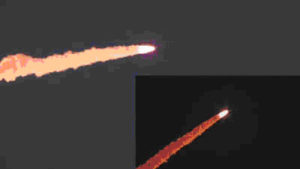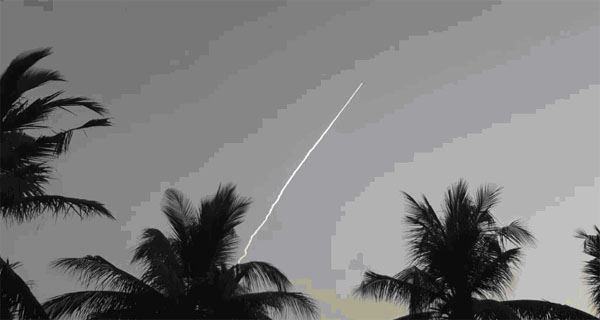Isro Places Radar Imaging Earth Observation Satellite PSLV-C46/Risat-2B In Orbit
TNN | May 22, 2019, 05.45 AM IST
PSLV-C46/Risat-2B mission a success, Isro places radar imaging earth observation satellite in orbit.

CHENNAI: Eight years after launching the last satellite in the Risat series, the Indian Space Research Organisation (Isro) began the expansion of its radar imaging satellite fleet in space with the successful launch of Risat-2B onboard a Polar Satellite Launch Vehicle (PSLV) on Wednesday morning. Risat uses synthetic aperture radar to provide all-weather surveillance.
PSLV-C46 carrying Risat 2B — which weighs 615kg — lifted off from the first launch pad at Satish Dhawan Space Centre in Sriharikota at 5.30am, as scheduled. It was the 48th flight of PSLV and the 14th flight in ‘core-alone’ configuration where solid strap-on motors were not used. It was the third launch by Isro in 2019.
Around 15 minutes after the lift-off, the four-stage rocket successfully placed the satellite in a 555km circular orbit. Isro chairman K Sivan said, “PSLV-C46 placed Risat-2B in a precise orbit of 555km with a 37-degree inclination.”
He said mission carried an indigenously made Vikram processor, made by Semi-Conductor Laboratory, and a low cost aided navigation system. Director of Vikram Sarabhai Space Centre S Somanath said the Vikram processor would become the workhorse for all computers in the future missions.
With a mission life of five years, the radar imaging earth observation satellite with its X-band radar, will provide services in the fields of agriculture, forestry and disaster management support.
It will have military applications, as well. Unlike the usual remote sensing and optical imaging satellites, a radar imaging satellite can penetrate through thick cloud cover and identify hidden objects on the ground.
U R Rao Satellite Centre director P Kunhikrishnan said Risat-2B carried a 3.6-metre unfoldable and deployable radial rib antenna.
With this mission, PSLV also achieved a record of lofting 50 tonnes of payload into space by placing more than 350 satellites, Sivan said.
Risat Series
The first satellite in the Risat series — Risat 2 –was launched on April 20, 2009. The 300kg satellite used an X-band synthetic aperture radar sensor made by Israel Aerospace Industries. Risat-1 launch was postponed to prioritise the launch of Risat-2 after the 2008 Mumbai terror attack.
Risat-1, an indigenously developed radar imaging satellite, was launched on April 26, 2012. All these satellites had a five-year mission life.
Courtesy: TOI

